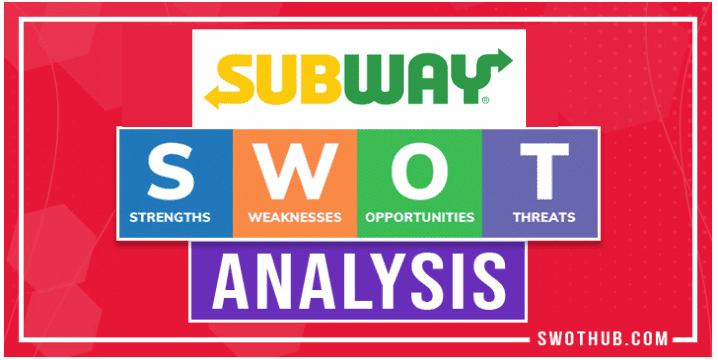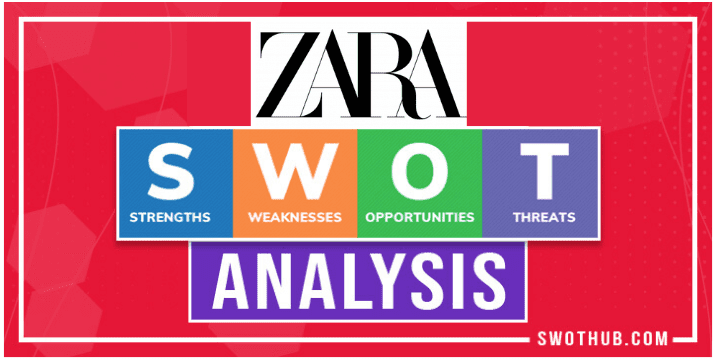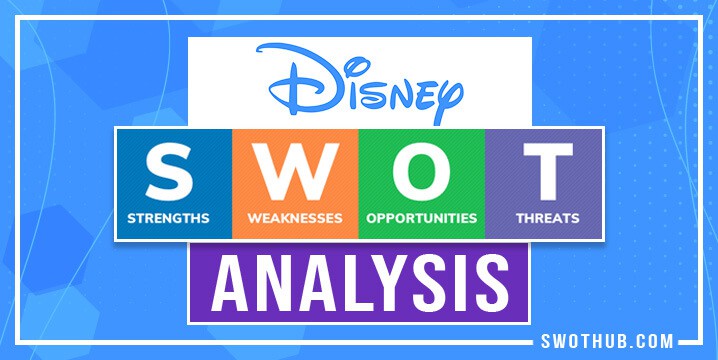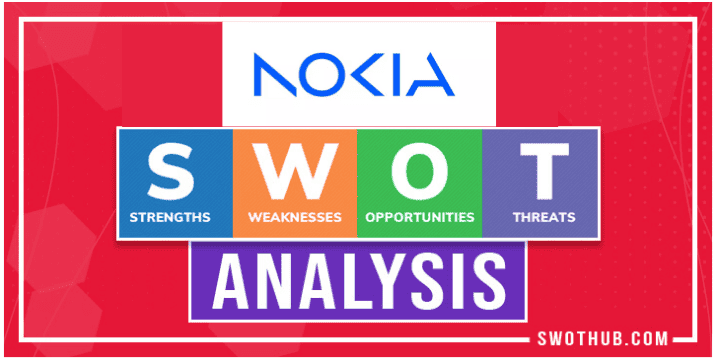The world of athletic sportswear and retail brands has been competitive for the last 20 years and isn’t showing signs of slowing down. An Adidas SWOT analysis will show how the company has competed against Nike, Under Armour, and more.
Adidas, or Adidas AG, is a German company that produces sporting accessories and athletic footwear. It was the third-largest sportswear producer in the world and the biggest in Europe at the beginning of the twenty-first century. The three-stripe trademark, which is still included in the company’s more recent “trefoil” and “mountain” emblems, is used to identify Adidas products historically.
Herzogenaurach, Germany serves as the headquarters. Adidas designs produce and sells athletic and sports lifestyle goods. The business’s product line comprises shoes, clothes, and accessories including purses, sunglasses, exercise gear, and balls.
Table of Contents
Adidas SWOT Analysis – History
One of the most famous sporting products companies in the world is Adidas. Adidas, the company’s logo, is attractive & well-known. It is frequently referred to as an acronym for “all day I dream about sports.”
Although many Adidas customers would find this fact to be highly relevant to their lives, the name Adidas is an acronym for Adi Dassler, the company’s founder, and creative force. In the modest German town of Herzogenaurach, Dassler established the Adi Dassler Adidas Sports chuhfabrik (shoe store) on August 18, 1949, with just 47 workers.
The German national football team wore Adidas shoes with screw-in studs in 1954, which helped them defeat Hungary in the World Cup final and win. After that, the sneaker gained recognition on a global scale. Even though Adidas is an iconic brand on its own, it also bought Reebok in 2006. The $3.8 billion deal strengthened the Adidas Group’s hegemony in the sportswear sector.
The business uses franchise stores, own-branded stores, retail stores, wholesale stores, sporting goods chains, buying associations, department stores, lifestyle retail chains, e-tailers, and franchise stores to distribute and sell its goods. A mobile shopping app and an e-commerce platform are also used for product marketing. This Adidas SWOT analysis will help explain how the company’s history has elevated the brand in athletic wear.
Adidas SWOT Analysis – At A Glance
| Company Name | Adidas |
| Industry | Textile / Athletic Wear |
| Founded | 1924 |
| Founders | Adolf Dassler |
| CEO | Kasper Rørsted |
| Headquarter | Herzogenaurach, Germany |
| Annual Revenue | 21.92 billion EUR (2018) |
| Website | www.adidas.com/us |
Introduction to Adidas
Adidas SWOT Analysis
Strengths, Weaknesses, Opportunities, and Threats are referred to as SWOT. Strategic planning frequently uses a technique called SWOT analysis, which was developed at Stanford in the 1970s. An Adidas SWOT analysis is a practical framework for optimizing an organization’s strengths, fixing weaknesses, minimizing threats, and identifying opportunities. Adidas’ internal strategic characteristics, which define the company’s capabilities and problems, are its respective strengths and weaknesses.
Conversely, Adidas’ commercial opportunities and threats are external strategic components rather than internal strategic factors, reflecting the nature of the information technology sector and the markets in which the business competes.
Strengths of Adidas SWOT Analysis
Strengths are qualities that your business does exceptionally well or in a way that sets you apart from your competitors. Adidas’ SWOT analysis details the company’s strengths.
Top Ranked Retail Brand:
The most well-known brand for sportswear without a doubt is Adidas’. It is a preferred brand among all sports enthusiasts. One of the most valuable sports brands is Adidas, as its brand value has crossed 6.8 trillion dollars. According to Forbes, it holds the #3 ranking among the world’s footwear brands. An Adidas SWOT Analysis shows how Adidas has faired amongst its competition.
Good Reputation:
Adidas has shaped and influenced many aspects of global society over the course of its long & colorful history, also cultivating a strong and prestigious legacy or tradition in the footwear market. The brand has a positive brand image in addition to being well-known to a large audience.
Outstanding Marketing:
Adidas has strong brand loyalty in the minds of consumers thanks to years of effective and imaginative marketing. 541 million euros were spent on marketing by Adidas in 2021. The business uses unique marketing strategies to boost sales. It has collaborated with several well-known athletes from other sports, including Lionel Messi, Paul Pogba, Aaron Judge, and Carlos Correa.
Strong & diversified portfolio:
Despite the Adidas brand’s limitations to the sportswear industry, the company’s offerings are strong & diversified. It offers a variety of products, including hardware and garments, apparel, and accessories, to accommodate a broad range of sports. Budget-friendly shoes are made under the Adidas brand, while upscale footwear is created under the brand name “Yeezy.” The company offers products for every type of customer.
Weaknesses of Adidas in SWOT Analysis
What are the weaknesses of Adidas? Weaknesses are characteristics that reduce an organization’s ability to compete, prevent it from accomplishing its goals, and limit its potential. In this section of Adidas SWOT analysis; we will analyze some of the company’s weaknesses after discussing its strengths.
High retail prices:
Products from Adidas are a bit costly. Only a small segment of consumers can afford the brand due to its high price range caused by innovative manufacturing techniques and technology. Only customers from the upper and middle classes can purchase shoes that cost more than $100.
Dependent on outsourcing:
The majority of Adidas’ products are manufactured by independent, third-party suppliers. Adidas relies on independent or third-party manufacturers in China, Cambodia, and Vietnam for the majority of its products. This adjustment might make Adidas too dependent on foreign suppliers.
Restricted products range:
Only the Adidas and Reebok brands are included in the Adidas Group’s portfolio, which places restrictions on the group’s access to sportswear, accessories, and apparel. Due to this restriction, the brand is now limited to solely sports-related products.
Legal issues:
Adidas has fallen short in a legal dispute with Nike over the knit footwear. A well-known brand’s confidence is damaged when it loses a legal battle and a source of income. Adidas has lost the right to produce or market the goods in this legal dispute, and it has also lost the trust of the customers who adore this footwear. This SWOT analysis will help you identify other challenges the Adidas brand faces.
SWOT Analysis for Adidas

Adidas Opportunities in SWOT Analysis
The world in which the organization operates is full of endless possibilities. These prospects will continue to be advantageous to organizations. We will look at some of the opportunities for Adidas to expand and diversify its business in the section of the Adidas SWOT analysis that follows.
High potential market:
The booming sportswear market may present Adidas with its biggest opportunity. Adidas already has a monopoly on the Asian market. Sportswear products and assortments will continue to be in demand as sports and fitness continue to gain popularity, which shows no signs of slowing down soon.
Investing in Smart Materials:
Technological advancements have made it possible to manufacture new synthetic materials that are superior and more efficient than traditional materials. Adidas may have a competitive advantage over its competitors if it continues to make increasing investments in technological advancement and the production of new materials.
Digitalization:
Online shoppers and users of e-commerce websites have grown dramatically in recent years. Only 20% of Adidas’ total business is made up of internet sales. The business could improve its online presence by providing clients with various incentives.
International Expansion:
The growing & emerging markets in South America, Africa, and Asia provide Adidas with significant potential for growth and represent lucrative growth opportunities for businesses seeking to expand in these areas.
SWOT Analysis Threats for Adidas
Threats are risks that could harm any company’s stability and profitability. In this article on Adidas’ SWOT analysis, we will discuss some of the threats that Adidas is facing right now in the market.
Countless copycat products:
Many fake Adidas products are available for purchase under this brand name. Adidas and other shoe manufacturers are facing difficulties as a result of the sharp increase in the quantity and caliber of fake products for high-end shoe brands.
High Competition:
Due to globalization and technological advancements, which have made it possible for small and medium-sized firms to enter and expand, Adidas faces an increased level of wild competition. Accordingly, Adidas must battle with its primary opponents, including Nike, Under Armour, Puma, Lululemon, and Patagonia, as well as ward off new entrants and penetration attempts.
World Economic Condition:
Adidas sales are affected by economic slowdowns since its business is dependent on a worldwide market. Adidas’s company is affected when there is a worldwide economic slowdown since fewer people will be purchasing its products globally.
Loss of trademark:
In a European Union court case, Adidas lost its trademark, which allows competitor athletes to copy the logo. Its market share may decline as a result of trademark infringement.
These other retail brands have similar SWOT analysis challenges. Take a look here.
Adidas SWOT Analysis Conclusion
As you can see, Adidas is a very powerful brand in the sporting goods industry. The brand is well-known all over the world, but due to its expensive prices, not every customer can afford it. Adidas has some reservations about its supply chain’s dependence on other nations. Adidas has a lot of room to grow in terms of digitalization and e-commerce.
FAQs for Adidas SWOT Analysis
What are the main strengths of Adidas?
Adidas’s main strengths lie in its strong brand recognition, innovative product design, global presence, and successful marketing strategies. The brand’s association with sports icons and high-performance gear has solidified its position in the market.
What problem is Adidas facing?
Adidas is facing increased competition from rival sportswear brands like Nike and Under Armour. Additionally, sustainability concerns and supply chain issues are becoming more prominent challenges for the company.
What is Adidas competitive advantage?
Adidas’s competitive advantage stems from its focus on blending style and performance in its products, creating a strong emotional connection with consumers. Moreover, their collaborations with celebrities and designers offer unique and limited-edition products that attract a loyal fan base.
What do the 3 stripes on Adidas mean?
The three stripes on Adidas represent the brand’s heritage and commitment to providing high-quality footwear. Originally designed for stability and support, the iconic stripes have evolved into a symbol of Adidas’s distinctive style and presence in the sportswear industry.
According to this Adidas SWOT analysis, to maintain its current positioning and reach its goal of dominating the market and becoming the leading brand for sportswear apparel, the company must enhance its R&D and localize production. In addition to increasing customer interaction, the business must focus on pricing. For sustainable growth and exceptional outcomes, the business must increase its penetration in the Asian markets and the e-commerce sector. Adidas needs to limit its outsourcing of production and handle the product production itself.





